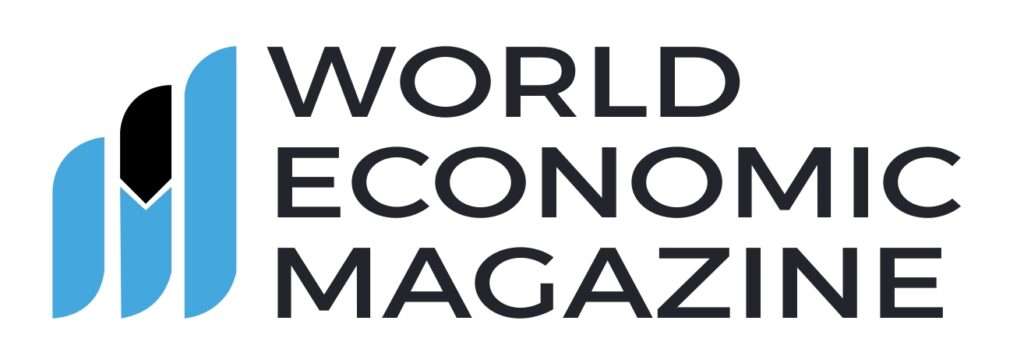
Citigroup Eyes Stablecoin Launch and Crypto Custody in Bold Push Toward Digital Finance
In a move that could reshape how global banks interact with digital assets, Citigroup is preparing to launch its own Citi-branded stablecoin while aggressively building out crypto custody and blockchain-based infrastructure. The strategy, revealed during Citi’s Q2 2025 earnings call, signals the bank’s deepening ambition to modernize cross-border finance and capture a growing share of the $260 billion—and rapidly expanding—stablecoin market.
Citi’s Digital Finance Vision: Stablecoins, Tokenization & Custody
Speaking to analysts, Citigroup CEO Jane Fraser emphasized that the bank’s entry into digital assets isn’t just a tech experiment—it’s a strategic upgrade to the global financial system.
“We aim to deliver the benefits of stablecoin innovation and digital assets to our clients in a safe, sound and scalable manner by modernizing our infrastructure,” Fraser said.
At the heart of Citi’s strategy is a four-pronged focus:
- Stablecoin issuance backed by fiat reserves
- Tokenized deposits for real-time, secure payments
- Custody solutions for cryptocurrencies and tokenized assets
- On/off ramps that seamlessly convert fiat to digital assets and vice versa
Together, these elements reflect a long-term plan to anchor the bank in the blockchain-based economy of tomorrow.
Why Stablecoins Matter for Citi—and for Wall Street
Stablecoins are blockchain-based digital tokens pegged to fiat currencies like the U.S. dollar. Unlike volatile cryptocurrencies, stablecoins promise price stability and enable instantaneous, 24/7 global settlement—without relying on outdated banking rails.
Citi sees this as a major advantage, particularly in the context of:
- Cross-border payments
- Trade finance
- Treasury operations
- Liquidity management for institutional clients
“Digital assets are the next evolution in the broader digitization of payments, financing, and liquidity,” said Fraser. “Our approach is guided by what our clients need.”
With large corporate clients increasingly seeking always-on, programmable money, stablecoins offer flexibility, cost reduction, and interoperability with decentralized financial ecosystems.
Growing Market Signals Huge Opportunity
According to internal projections, Citigroup expects the global stablecoin market to explode over the next five years:
- Base-case forecast: $1.6 trillion market cap by 2030
- Bullish scenario: Up to $3.7 trillion in total stablecoin supply
- Today’s market: ~$260 billion
This aligns with similar moves from competitors like JPMorgan Chase, which is piloting its JPM Coin, and Wells Fargo, which has joined consortia to explore shared blockchain infrastructure.
Earlier this year, multiple banking giants—including Citi—were reportedly exploring a joint stablecoin initiative, signaling possible industry-wide collaboration on tokenized financial infrastructure.
A Stablecoin Arms Race Is Brewing
If Citigroup does launch a stablecoin, it would join a growing list of financial institutions developing digital dollars, including:
- JPMorgan’s JPM Coin (institutional transfers)
- PayPal USD (consumer payments)
- Circle’s USDC and Tether’s USDT (crypto-native and widely adopted)
However, Citi’s offering would likely target a different segment: enterprise-grade stablecoins built for corporate payments, FX, and institutional liquidity—areas where Citigroup already dominates.
Regulatory Hurdles & Cautious Optimism
Despite strong momentum, the path to launching a stablecoin isn’t without obstacles. Regulatory scrutiny—particularly from the U.S. SEC, OCC, and global financial watchdogs—remains a major concern.
Still, Fraser believes the opportunity outweighs the challenges.
“We’re taking a responsible, measured approach. Infrastructure upgrades must be secure, transparent, and interoperable,” she noted.
Citi is also building crypto custody tools, a vital layer of infrastructure that will help secure digital assets, meet compliance requirements, and offer institutional-grade risk management.
FAQs
Q: What is Citigroup’s stablecoin?
A: It’s a proposed digital token backed by fiat reserves, currently under development. It would be used to facilitate real-time payments and settlements.
Q: When will Citi’s stablecoin launch?
A: No official launch date has been announced. The project is in exploratory and infrastructure development phases as of Q2 2025.
Q: How is this different from cryptocurrencies like Bitcoin?
A: Unlike Bitcoin, stablecoins are pegged to fiat currencies and designed for price stability, making them better suited for payments and finance use cases.
Q: Will Citi’s stablecoin be available to consumers?
A: It will likely start as an institutional tool for treasury, FX, and corporate payments. Consumer rollout could follow depending on regulations.
Q: What are tokenized deposits?
A: These are digital versions of bank deposits recorded on a blockchain, enabling programmable finance, instant clearing, and better transparency.
Final Word: Citi’s Big Bet on Blockchain
Citigroup’s stablecoin initiative is more than just a tech upgrade—it’s a structural shift aimed at transforming how one of the world’s biggest banks operates in the digital era. By fusing blockchain capabilities with legacy banking strengths, Citi hopes to lead the next wave of financial innovation.
As the stablecoin arms race heats up, expect more announcements, partnerships, and infrastructure overhauls—not just from Citi, but across the financial industry.






